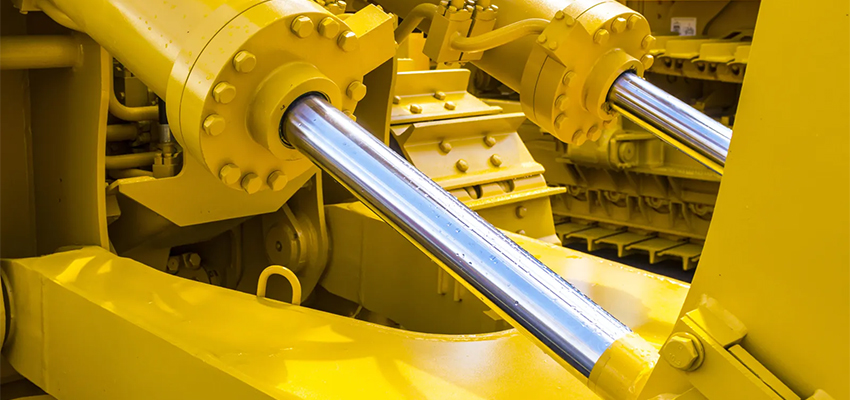Hydraulics is the use of pressurized liquid to generate force and movement. Hydraulic systems are used in a wide variety of industries, from manufacturing to construction to transportation.
Here are some examples of how hydraulics are used in different industries:
Automotive: Hydraulic systems are used in cars and trucks for braking, steering, and suspension. Hydraulic lifts are also used to service and repair vehicles.
Aerospace: Hydraulic systems are used in airplanes for landing gear deployment, flight controls, and cargo handling.
Agriculture: Hydraulic systems are used in tractors and other agricultural machinery to power implements such as loaders and backhoes.
Construction: Hydraulic systems are used in construction equipment such as excavators, bulldozers, and cranes. Hydraulic hammers are also used to break up concrete and other materials.
Manufacturing: Hydraulic systems are used in manufacturing to power robots, presses, and other machines. Hydraulic lifts are also used to move heavy materials.
Mining: Hydraulic systems are used in mining equipment such as excavators, haul trucks, and roof supports.
Oil and gas: Hydraulic systems are used in oil and gas drilling and production equipment.
Transportation: Hydraulic systems are used in trains, ships, and other transportation vehicles to control brakes, steering, and other functions.
Here are some creative examples of how hydraulics are used in different industries:
Movie industry: Hydraulics are used to create special effects in movies, such as moving sets and props.
Food industry: Hydraulic presses are used to produce food products such as bread, cookies, and juice.
Recycling industry: Hydraulic compactors are used to compress recyclable materials.
Medical industry: Hydraulic devices are used in medical equipment such as surgical tables and wheelchairs.
Hydraulics are an essential part of many industries, and their applications are constantly expanding. With their ability to generate high forces and precise movements, hydraulic systems are ideal for a wide range of tasks.
Here is a simple analogy to help you understand how hydraulics work:
Imagine a water balloon filled with water. If you press on one side of the balloon, the water will move to the other side and create pressure. If you attach a hose to the balloon and open it, the water will flow out of the hose with force.
Hydraulic systems work in a similar way, but instead of water, they use a hydraulic fluid such as oil. The hydraulic fluid is pumped through a system of hoses and cylinders to create force and movement.
Hydraulics are a versatile and powerful technology that is used in a wide variety of industries. Hydraulic systems are essential for many tasks, from manufacturing to construction to transportation. With their ability to generate high forces and precise movements, hydraulic systems are ideal for a wide range of applications.

Leave A Comment